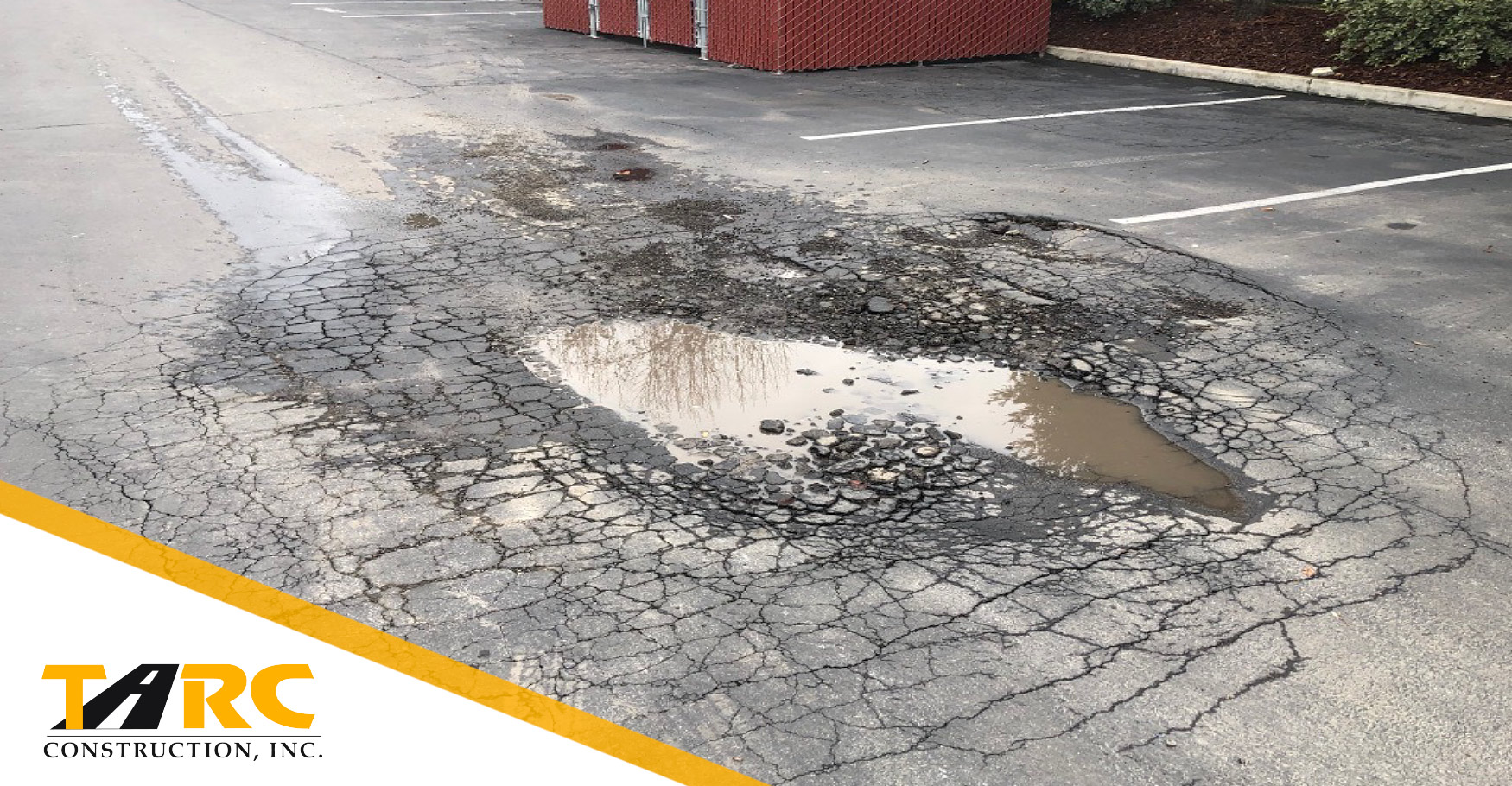Asphalt Repair 101: Paving the Way for Lasting Quality
Maintaining our roads and parking lots is crucial in today’s fast-paced world where mobility is key. Asphalt, the backbone of our pavement systems, demands careful attention and adept repair practices for its longevity. One fundamental aspect of asphalt repair is understanding the existing conditions, and this is where core sampling plays a pivotal role. Core sampling involves extracting cylindrical samples from the pavement to analyze its composition and identify potential issues like cracks, voids, or inadequate thickness. This diagnostic step serves as the foundation for effective repair strategies, enabling tailored solutions that address specific problems rather than applying generic fixes.
Field verification is another indispensable aspect of asphalt repair, ensuring that repairs align with specified standards. As technology advances, it becomes increasingly crucial to leverage tools and techniques for on-site validation. Field verification allows professionals to confirm that the repairs meet specified requirements, preventing potential issues down the road. This meticulous attention to detail not only enhances the structural integrity of the pavement but also ensures that it can withstand the diverse challenges posed by weather, traffic, and time.
Finally, the key to a resilient asphalt surface lies in proper compaction and installation techniques. Utilizing cutting-edge methods and equipment, including advanced compactors and precise installation practices, contributes to the creation of a robust pavement structure. A well-compacted surface not only provides a smoother driving experience but also minimizes the risk of premature wear and tear. In an era where sustainable infrastructure is at the forefront, adopting best practices for asphalt repairs is not just about fixing potholes; it’s about investing in the durability and sustainability of our road networks and parking lots, ensuring they stand the test of time.

